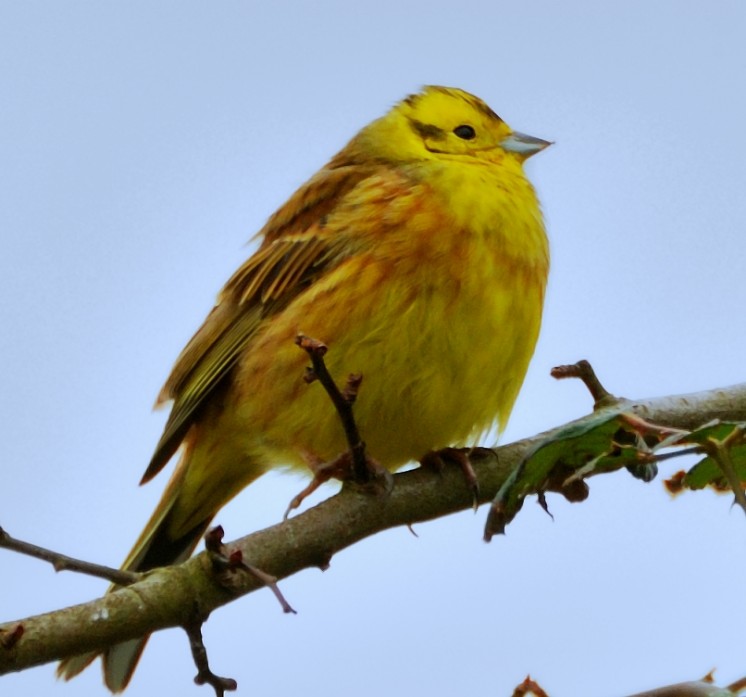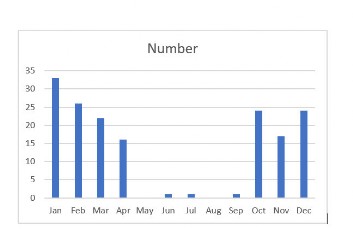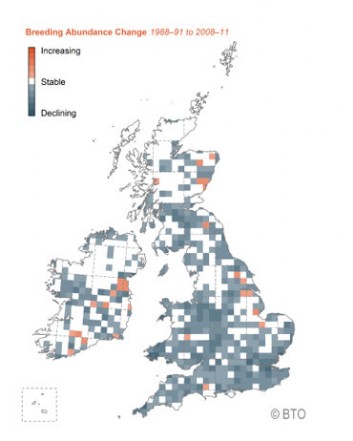Yellowhammer Update
Reports

Yellowhammers used to be familiar birds on Arran throughout the year. During the breeding season the distinctive song of the stunning male, sounding like "a little bit of bread and no cheeeeese", was a feature of many hedgerows throughout the island and in the winter, flocks fed in stubble fields.
Examination of the annual bird reports produced by the Arran Natural History Society shows the decline in the breeding records. Throughout the 1980s between ten and fifteen pairs were reported each year. In the 1990s numbers declined with eight pairs in 1990, four pairs in 1992 and in 1994 there were no breeding records. From 1997 to 1999, each year there was a breeding record from Shiskine Golf Course. That was the last confirmed breeding. This century there have been no confirmed breeding records. In 2012, 2014, 2017 and 2019 there was one record of one bird singing for a short period of time in April. This year there was a report of a male singing on the Boguille on 21 April and one singing in the Shiskine Valley on 30 April. Neither bird lingered. Then on 3 July a Yellowhammer was seen on the Holy Isle. This is the first Arran July record this century.
While no longer a breeding species Yellowhammer remains a passage migrant and winter visitor but for how long? In the last five years there have been a total of 164 reports of Yellowhammer. As shown in the chart almost all these records are between October and April.
Data from the British Trust for Ornithology indicates that this is not just a local issue. The map below from the BTO Bird Atlas Mapstore comparing the abundance in 1988-91 with the abundance twenty years later in 2008-11 clearly shows this decline. Yellowhammer abundance began to decline on farmland in the mid-1980s. The species, listed as green in 1996, has been red listed as a Bird of Conservation Concern since 2002. Reductions in winter seed food availability as a result of agricultural intensification (for example, the loss of winter stubbles and a reduction in weed densities are widely believed to have contributed to the population decline. Research has identified better population performance in areas with extensive winter stubble, presumably because overwinter survival is relatively high. Research also suggests that the local availability of winter set-aside is a good predictor of sites chosen for breeding territories the next year. Numbers have also shown widespread moderate decrease across Europe since 1980. Some projects including one involving the RSPB working with farms in Northern Ireland have had some success but "further research is required to identify possible remedial actions in pastoral areas."
In the meantime I would be delighted if you would continue to send me any sightings of Yellowhammer on Arran.
In the meantime I would be delighted if you would continue to send me any sightings of Yellowhammer on Arran.

